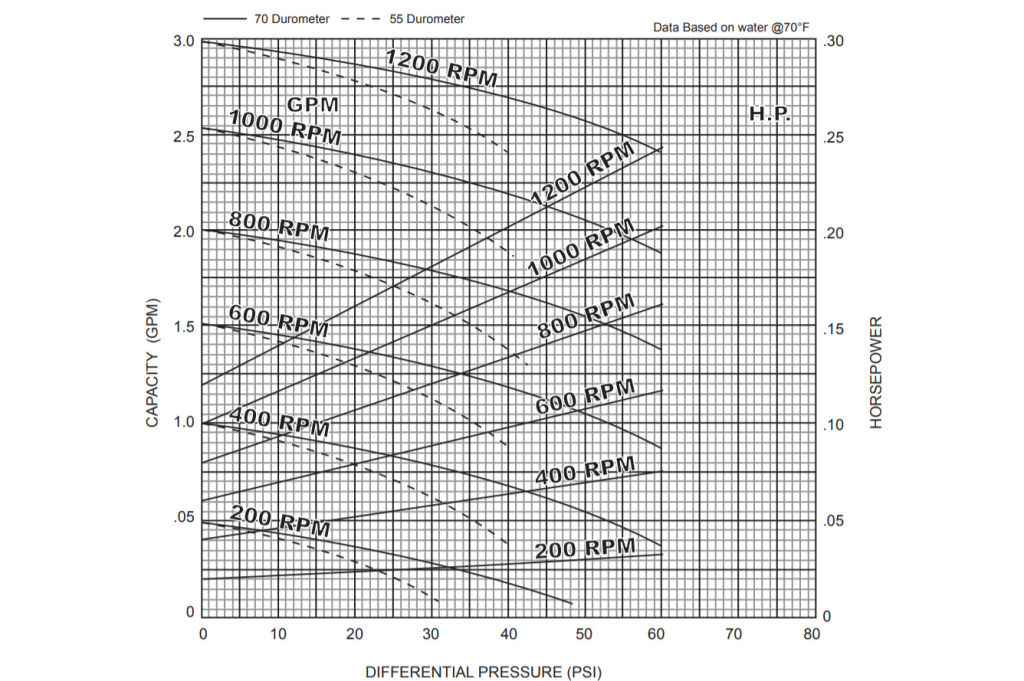Exploring the Moyno Pump Curve: A Comprehensive Guide
The Moyno Pump Curve is an essential tool for understanding the performance characteristics of Moyno progressive cavity pumps. This guide will provide an overview of what a pump curve is, how to read it, and its significance in pump selection.
What is a Pump Curve?
A pump curve is a graphical representation that illustrates the relationship between the flow rate and the head (pressure) of a pump. It helps in determining how a pump will perform under various operating conditions.

Key Components of a Pump Curve:
- Flow Rate (Q): Measured in gallons per minute (GPM) or liters per minute (LPM).
- Head (H): Measured in feet or meters, indicating the pressure the pump can deliver.
- Efficiency Curve: Shows the pump’s efficiency at different flow rates.
- Net Positive Suction Head Required (NPSHr): Indicates the minimum pressure required to avoid cavitation.
How to Read the Moyno Pump Curve
- Identify the X-axis and Y-axis:
- The X-axis represents the flow rate.
- The Y-axis represents the head (pressure).
- Locate the Operating Point:
- Find the point on the curve that corresponds to the desired flow rate.
- The vertical line from the flow rate intersects the pump curve, indicating the head the pump can provide.

- Evaluate Efficiency:
- Look for the efficiency line on the curve.
- Determine the efficiency at the operating point to ensure that the pump operates within its optimal range.
- Check NPSHr:
- Ensure that the available NPSH is greater than the required NPSH to prevent cavitation.
Significance of the Moyno Pump Curve
- Selection of Pump Size: Helps in selecting the right pump size for specific applications based on flow and head requirements.
- Performance Prediction: Allows for predicting how a pump will perform under different conditions.
- Troubleshooting: Assists in diagnosing performance issues by comparing actual performance with the pump curve.
